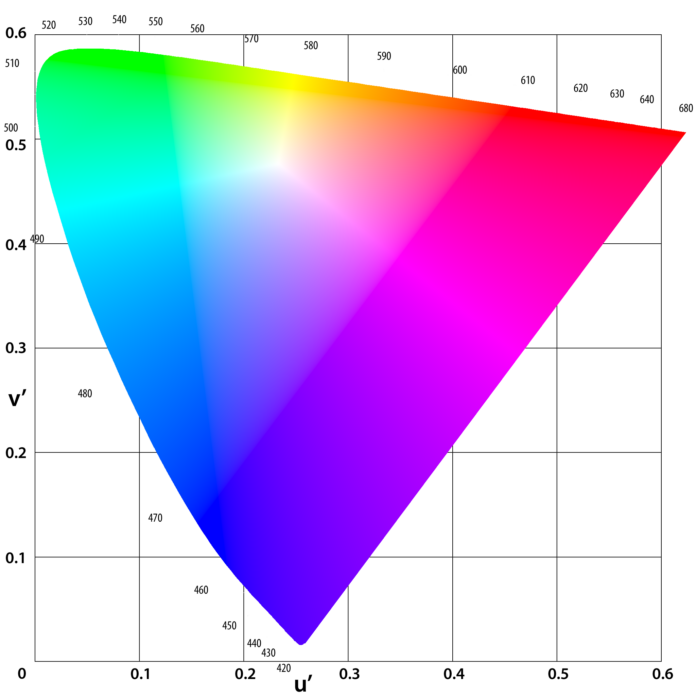Color qualities of electric light can be difficult to understand. What color do you really want for your lighting application? I, Dr. Bulb, have learned to follow “Class A color” designation as the most reliable indicator.
The lighting industry relies on correlated color temperature (CCT) and color rendering index (CRI) to communicate color qualities of electric light. However, neither metric can reliably predict human color perception. Therefore, the “Class A Color” designation is a better predictor of user acceptance of color qualities than CCT or CRI alone.
Provides Good Color Rendering
The color rendering properties of electric light cannot be captured by a single metric like CRI. Consensus among lighting specialists is evolving toward the belief that any useful system for characterizing the color rendering properties of light sources must be based on two metrics: fidelity and saturation. All dual‑metric approaches are, to date, better at predicting subjective judgments of good color rendering.
Provides Illumination with Minimal Tint
CCT has been used to communicate the apparent tint of “white” illumination sources. Research suggests most sources with chromaticities along the line of blackbody radiation do not appear white. In fact, people usually prefer sources of illumination along a “white” line more than those of the same CCT along the line of blackbody radiation. Experts hypothesize sources with chromaticities along that line should evoke minimum outputs from red‑green and blue‑yellow color‑opponent channels in the brain.
Appears Consistent with Other Color Sources
Color consistency is another important feature of manufactured light. No two products are ever exactly alike. Variations in raw materials and manufacturing processes among products lead to differences in color properties produced by different light sources. Chromaticity tolerance zones have been established for sources of a given CCT designation. These zones also would be used in the “Class A color” designation.
Consumers need some assurance that they will not be disappointed with the color qualities of lighting systems, nor with the product when installed and operated. By bundling color metrics together, the industry can save a lot of resources educating consumers about product benefits. The Class A color designation could not only be the seal of approval for color quality from manufactured sources, but also facilitate the transformation of the market to higher quality, more energy-efficient lighting technologies.



